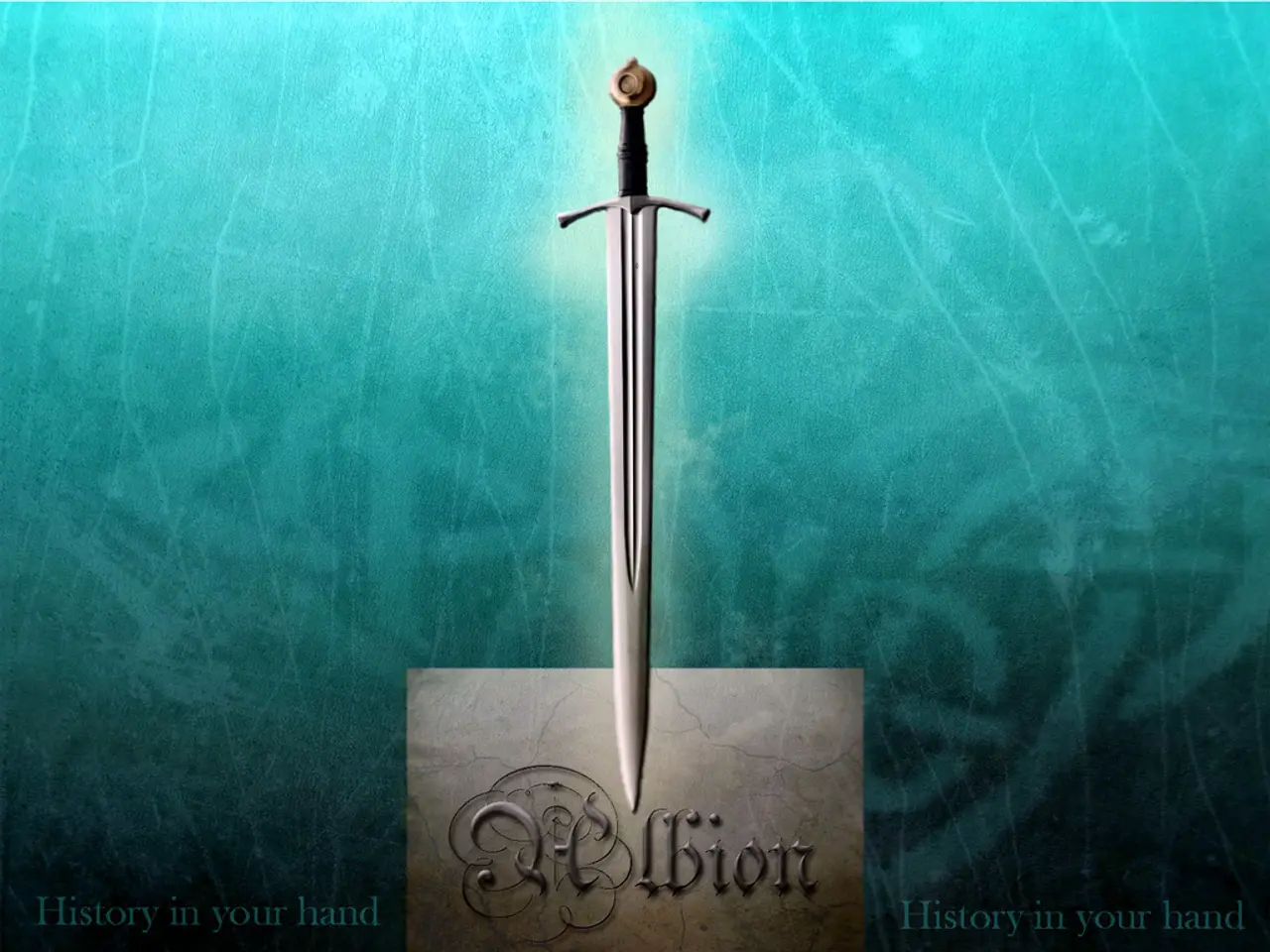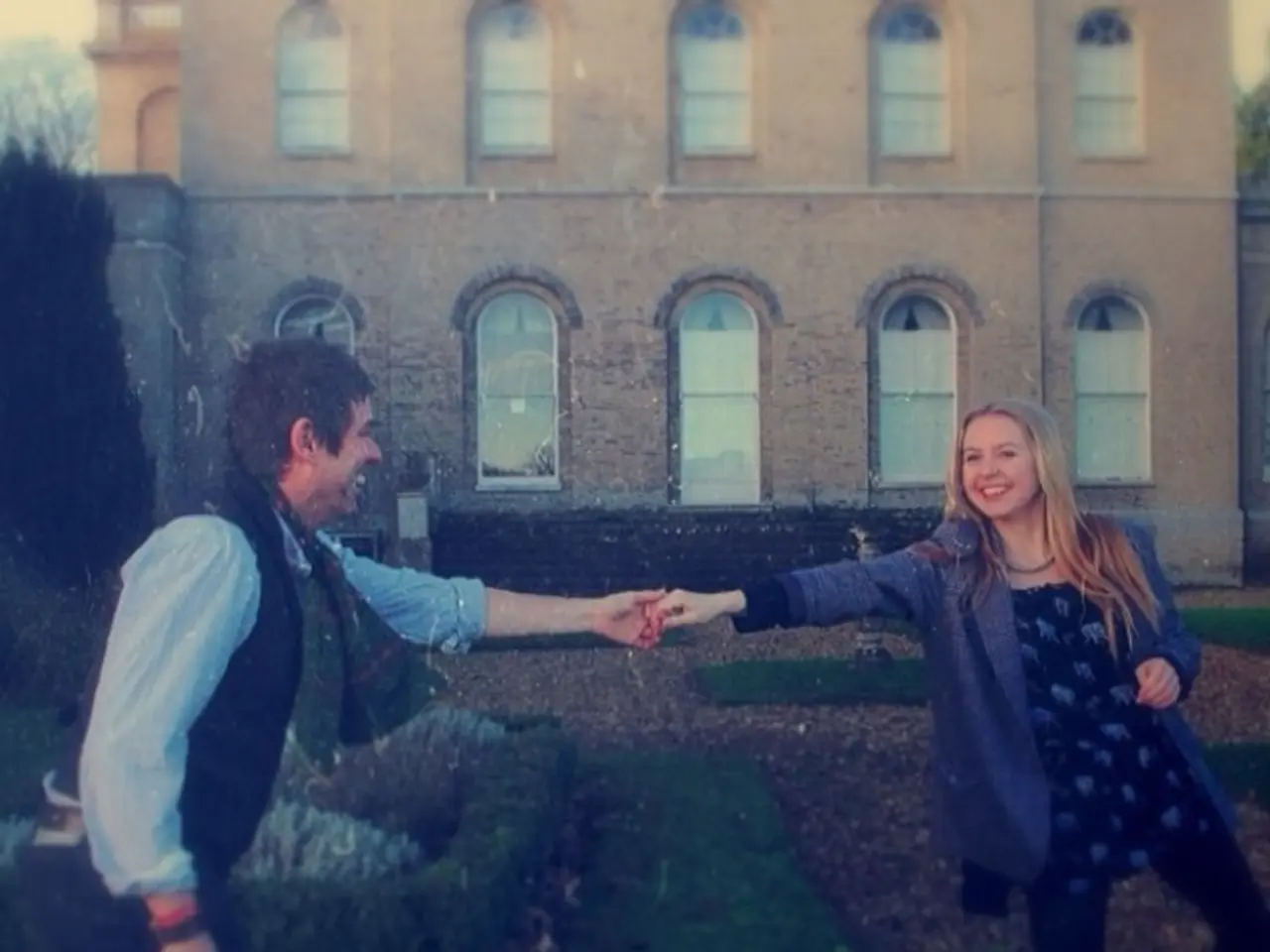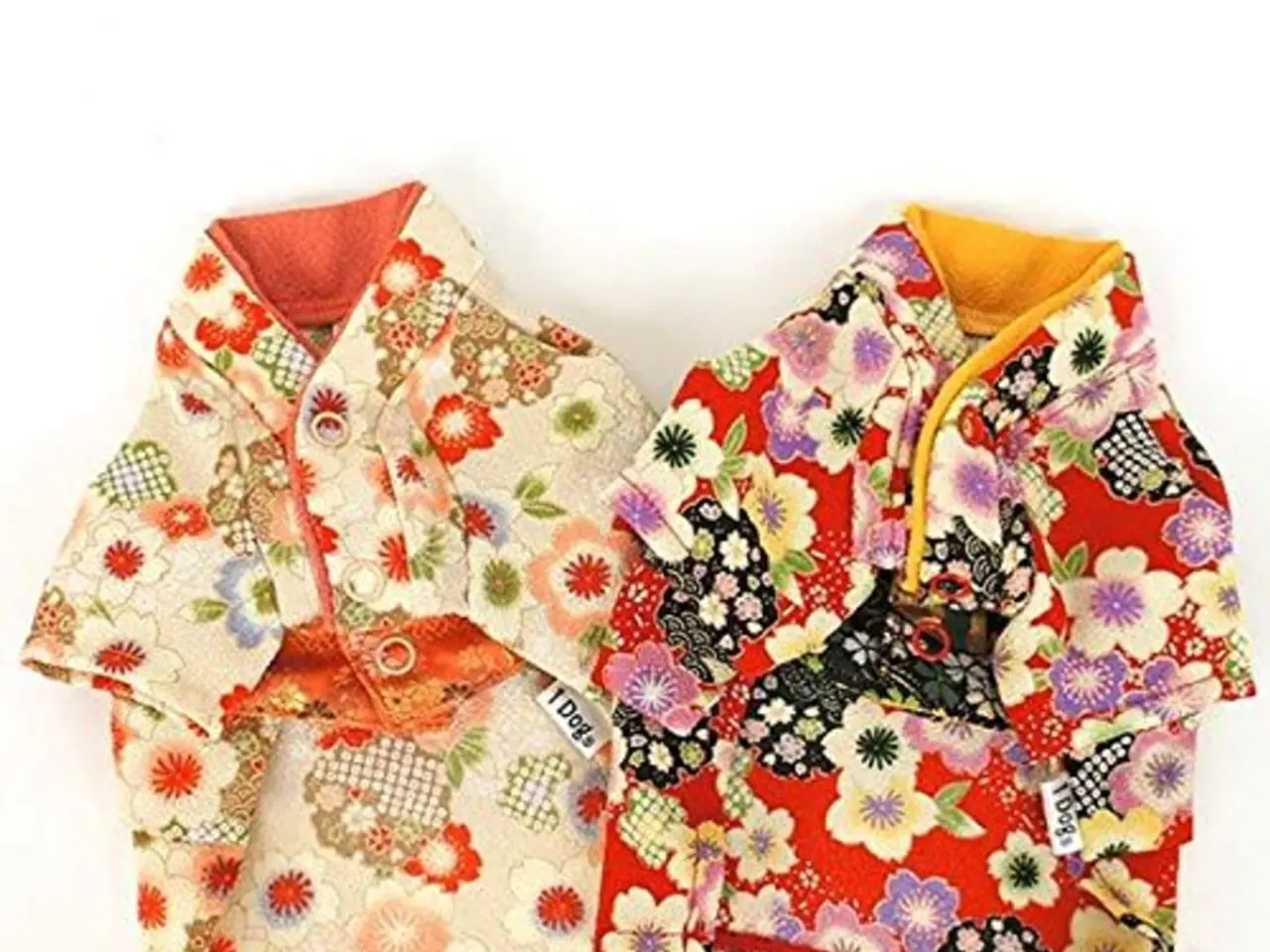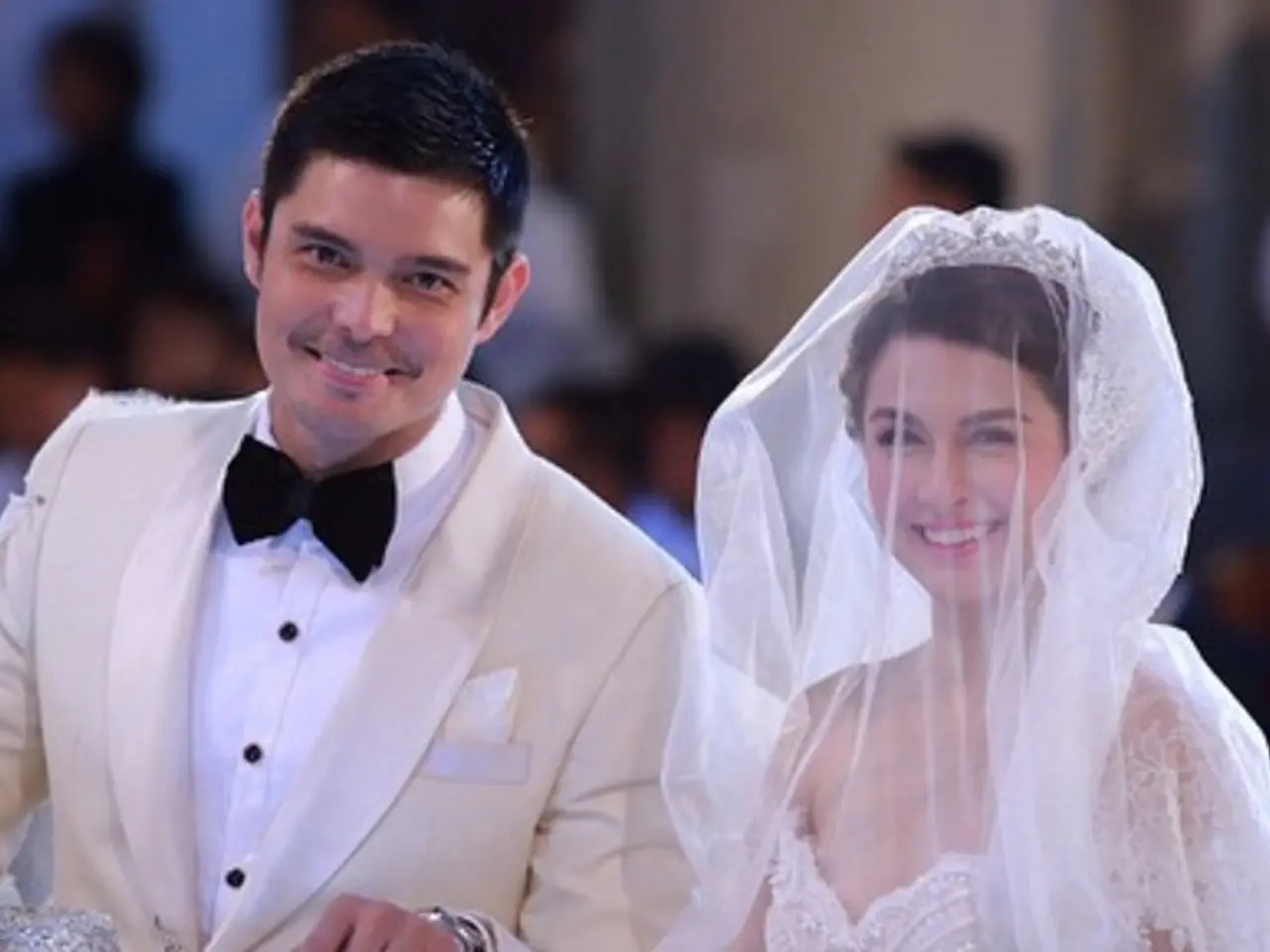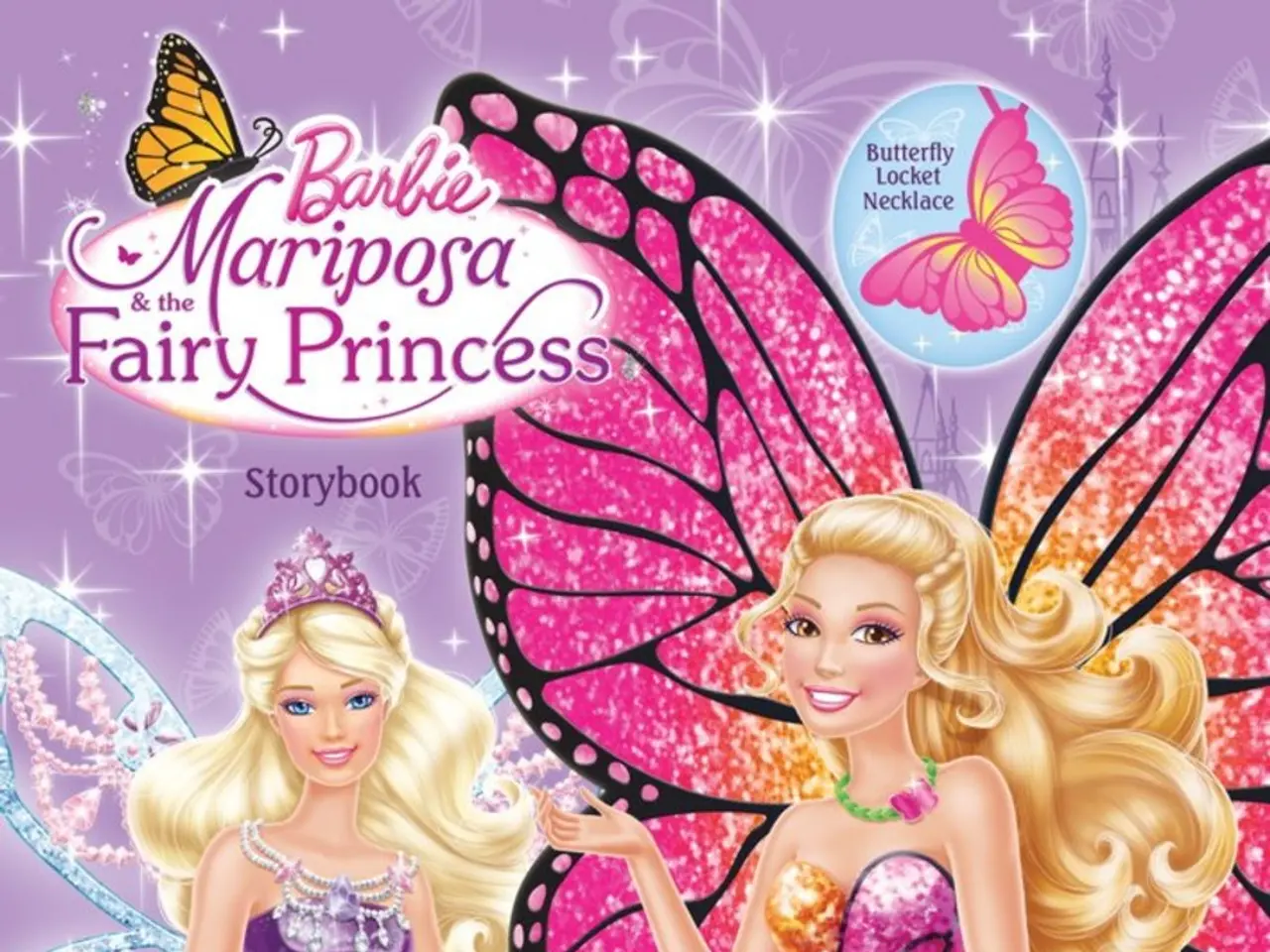Guide for novices in Wuxia cinematography
Wuxia, a genre of Chinese literature and film that blends martial arts with chivalrous heroism, has a rich history dating back centuries. Originating from ancient Chinese literary traditions, Wuxia stories feature swordsmanship, honor, adventure, and supernatural elements tied to Chinese myths and legends.
Early cinematic developments of Wuxia began in the mid-20th century, with films like *Dragon Inn* (1967) directed by King Hu, showcasing the genre's defining features: highly stylized martial arts choreography, elaborate sword fights, and larger-than-life heroes.
However, the popularity of Wuxia films waned somewhat during the 1970s, coinciding with the rise of kung fu films. This period saw a shift towards more realistic martial arts action and grounded storytelling.
The resurgence and global revival of Wuxia cinema came in the 1990s and early 2000s, propelled by directors like Zhang Yimou and films such as *Hero* and *Crouching Tiger, Hidden Dragon*. These films combined traditional Wuxia elements—chivalrous heroes, swordplay, and fantasy—with stunning cinematography and choreography, appealing across cultural boundaries.
Central to Wuxia is the concept of xia, a moral code where the hero fights for justice, often at great personal cost. This period also saw the emergence of strong female warrior characters, such as those introduced in King Hu's *Come Drink with Me* (1966).
Directors like Tsui Hark, with films like *Swordsman* and the *Once Upon a Time in China* series, combined rapid-fire action, elaborate choreography, and nationalistic undertones. Ang Lee's *Crouching Tiger, Hidden Dragon* (2000) won four Academy Awards, including Best Foreign Language Film, and became the highest-grossing foreign-language film in U.S. history at the time.
Wuxia's literary tradition began in ancient Chinese folklore and evolved during the Tang and Song dynasties (7th-13th centuries). Notable films from this era include *Ashes of Time* (1994) by Wong Kar-wai, which offers a radically different and hauntingly beautiful vision of the wuxia world, focusing on memory, regret, and lost love.
Many Wuxia films explore themes like fate, identity, loyalty, and the illusion of power, often blending entertainment with introspection. King Hu's *A Touch of Zen* (1971) is one of the most acclaimed Wuxia films of all time, seamlessly weaving martial arts, Zen Buddhist themes, and philosophical introspection.
Cinematography in Wuxia films emphasizes natural beauty, with scenes featuring bamboo forests, misty mountains, and flowing robes, creating a painterly aesthetic that echoes classical Chinese art. Combat in Wuxia is balletic and physics-defying, with sword fights taking place in mid-air, atop treetops, or across vast, poetic landscapes.
In conclusion, Wuxia films are defined by their blend of martial arts action, fantastical elements, and moral codes rooted in Chinese culture. Their evolution mirrors shifts in Chinese society, cinematic technology, and global audience tastes, culminating in a genre that balances rich tradition with modern spectacle and international appeal.
In the 1990s and early 2000s, Wuxia cinema underwent a global revival, merging traditional Wuxia elements like chivalrous heroes, swordplay, and fantasy with contemporary elements of stunning cinematography and choreography, appealing to diverse lifestyles and entertainment preferences worldwide.
Art cinema enthusiasts during this period were captivated by the aesthetic beauty and unique storytelling of Wuxia films, showcasing these movies as a distinctive fusion of art, culture, and entertainment.
